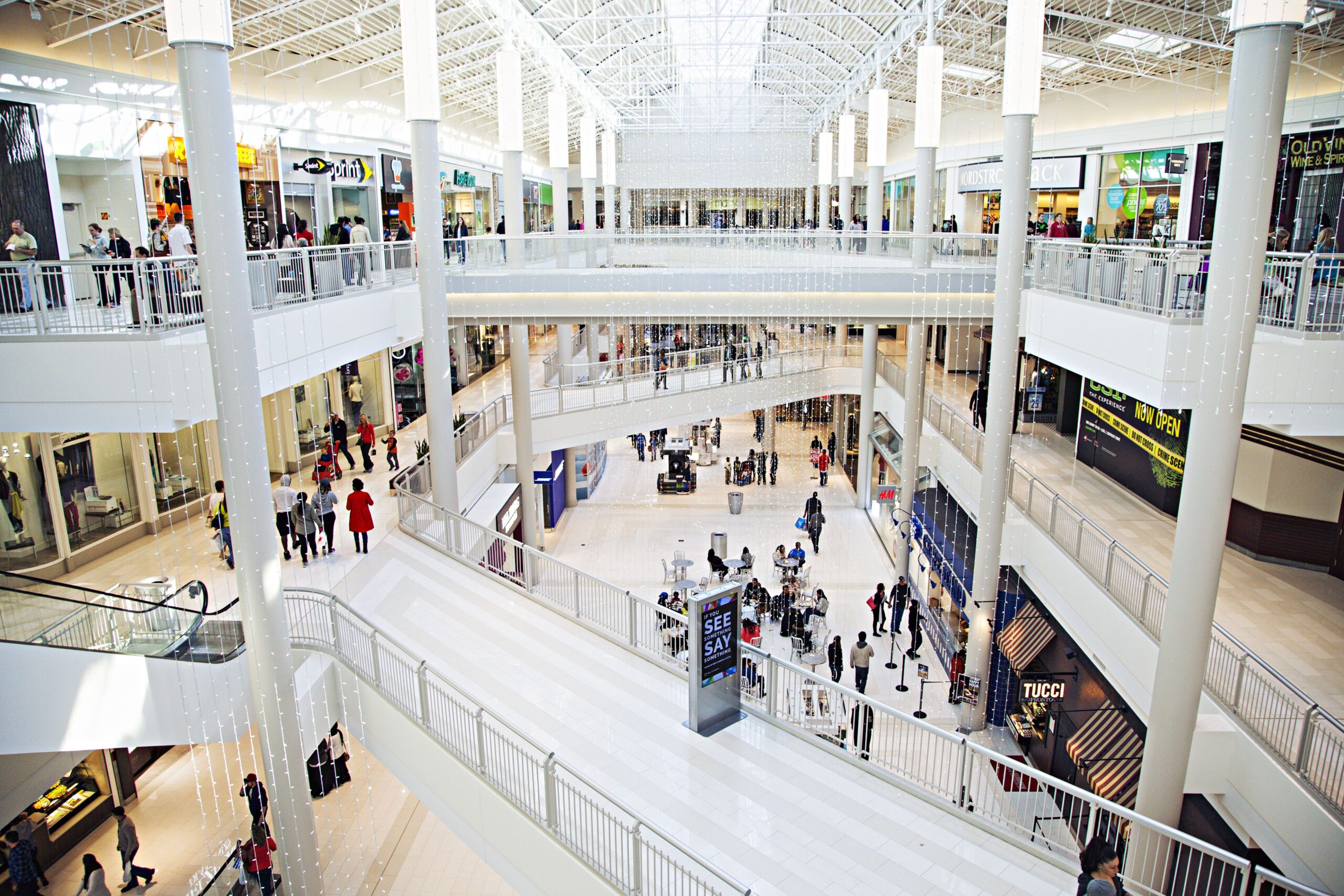In a world increasingly dominated by e-commerce giants like Amazon, many are left pondering whether brick-and-mortar retail is a relic of the past. Product startups, in particular, are questioning the viability of physical stores as they strategize their market entry. This blog post explores whether traditional retail is truly dead or if there’s still room for brick-and-mortar to thrive in a digital-first world. We’ll discuss challenges, survival strategies, and success stories of startups that have managed to adapt and flourish.
Defining Brick-and-Mortar Retail’s Current State
Brick-and-mortar retail refers to businesses with physical storefronts where customers can engage with products and make purchases in person. Despite the rise of digital shopping, physical stores remain a significant part of the retail landscape. According to the National Retail Federation, over 90% of retail sales in the U.S. still occur in physical stores. However, this figure doesn’t capture the full picture, as many consumers now blend online and offline shopping experiences. With the convenience of online shopping, physical stores face pressure to reinvent themselves to stay relevant.
Challenges Faced by Traditional Retail in the Digital Age
Brick-and-mortar retailers face numerous challenges as they compete with online shopping platforms. One major hurdle is the convenience factor. Online retail offers 24/7 accessibility, competitive pricing, and doorstep delivery, making it an attractive option for busy consumers. Additionally, the COVID-19 pandemic accelerated the shift to e-commerce, with many people opting for the safety and ease of online shopping. Data from eMarketer shows that global e-commerce sales reached $4.28 trillion in 2020, highlighting the growing importance of online channels.
Another challenge is the increased cost associated with maintaining physical stores. Rent, utilities, and staffing expenses can be substantial, especially for startups with limited budgets. Finally, the need to provide exceptional customer experiences has become more critical than ever. Consumers now expect personalized service and seamless interactions, which can be difficult for traditional retailers to deliver consistently.
The Argument for the Survival of Brick-and-Mortar
Despite these challenges, there’s a compelling argument for the continued relevance of physical retail. For one, human interaction remains an essential aspect of the shopping experience. Many consumers still value the opportunity to see, touch, and try products before purchasing. A survey by RetailDive found that 62% of shoppers prefer buying clothing in-store due to the tactile experience it provides.
Furthermore, physical stores can serve as brand ambassadors, offering immersive experiences that reinforce brand identity. Apple’s iconic retail outlets, for example, are designed to be more than just sales points—they’re hubs for creativity and innovation. Such experiences can build brand loyalty and create lasting connections with customers.
Additionally, brick-and-mortar locations can drive online sales by serving as showrooms. Customers may visit a physical store to explore products and then make purchases online at their convenience. This trend, known as “showrooming,” highlights the potential for harmonious integration between online and offline retail channels.
Strategies for Modernizing the Brick-and-Mortar Experience
To thrive in today’s retail environment, brick-and-mortar stores must evolve and adapt. One strategy is to leverage technology to enhance the in-store experience. Digital tools like augmented reality (AR) and virtual reality (VR) can create engaging, interactive experiences that captivate customers. For example, furniture retailers can use AR to allow customers to visualize how a piece would look in their home.
Another approach is to focus on creating community-centric spaces. By hosting events, workshops, or pop-up shops, retailers can foster a sense of belonging and encourage repeat visits. These activities also provide opportunities to showcase new products and gather valuable customer feedback.
Finally, adopting an omnichannel strategy is crucial. Integrating online and offline channels ensures a seamless customer experience across all touchpoints. This can include offering in-store pickup for online orders, enabling easy returns, and using data analytics to personalize marketing efforts. By breaking down silos between digital and physical operations, retailers can meet consumer expectations more effectively and capitalize on cross-channel synergies.
Case Studies: Successful Adaptations by Product Startups
Several product startups have successfully navigated the challenges of brick-and-mortar retail by leveraging innovative approaches. For instance, eyewear brand Warby Parker began as an online-only retailer before opening physical locations. By offering eye exams and unique in-store experiences, they’ve managed to create a strong brand presence both online and offline.
Another example is Glossier, a beauty brand known for its customer-centric approach. Glossier’s pop-up shops have become highly anticipated events, offering limited-edition products and interactive experiences. These physical spaces allow the brand to engage directly with customers and create buzz, driving traffic to both their online and offline channels.
Bonobos, a menswear retailer, has also found success with its “Guideshop” concept. These showrooms allow customers to try on clothing and receive personalized styling advice before placing orders online. This innovative model reduces the need for large inventories and minimizes overhead costs, demonstrating how startups can rethink traditional retail paradigms.
Conclusion: The Future of Retail and the Role of Brick-and-Mortar
While the digital age presents significant challenges for brick-and-mortar retail, it also offers opportunities for growth and innovation. By adopting modern strategies and technologies, physical stores can complement online channels and provide unique value to customers. For product startups, blending the strengths of both worlds can create a powerful formula for success.
In conclusion, brick-and-mortar is far from obsolete. Instead, it holds the potential to be a vibrant and integral part of the retail landscape. By embracing change and adapting to evolving consumer expectations, product startups can ensure their physical presence remains a key driver of growth and an essential component of their overall strategy. By reimagining the role of physical stores, we can look forward to a future where brick-and-mortar and e-commerce coexist in harmony, each amplifying the other’s strengths.
Have you considered launching your product brand in retail? If so, our team at Retailbound can help. Since 2008, we have helped countless product brands launch and grow in the retail space. Contact us today to get more information.
About the Author
Yohan Jacob is the President and Founder of Retailbound. Retailbound is a comprehensive retail channel management consultancy that helps brands launch and scale their products in over 150+ retailers in both the US and Canada. Specializing in bridging the gap between product creators and retailers, Retailbound offers a range of services from retail strategy development, buyer engagement, sales management and channel marketing support. Whether the client is a startup or an established brand, Retailbound provides expert guidance to increase their retail presence, navigate buyer relationships, and drive sales growth both in-store and online.



